Focus on Infection Control
Infection control remains a critical concern within healthcare settings, influencing the electrical hospital-beds market. The demand for beds that are easy to clean and equipped with antimicrobial surfaces is on the rise, as hospitals aim to reduce hospital-acquired infections (HAIs). The electrical hospital-beds market is adapting to this need by offering products that incorporate materials and designs conducive to infection prevention. Recent studies indicate that hospitals implementing advanced infection control measures can reduce HAIs by up to 25%. This focus on safety and hygiene is likely to drive the adoption of specialized electrical hospital beds, as healthcare facilities prioritize patient safety and compliance with stringent health regulations.
Increased Healthcare Expenditure
The electrical hospital-beds market is significantly influenced by the rising healthcare expenditure in the UK. With the government and private sectors allocating more funds towards healthcare infrastructure, hospitals are more inclined to upgrade their facilities with modern equipment, including electrical hospital beds. According to recent data, healthcare spending in the UK is projected to grow at a CAGR of 4.5% over the next five years. This increase in investment is likely to enhance the quality of care provided to patients, as hospitals seek to adopt advanced technologies that improve operational efficiency and patient outcomes. Consequently, the electrical hospital-beds market is expected to benefit from this upward trend in healthcare spending, as hospitals prioritize the acquisition of innovative and efficient medical equipment.
Rising Demand for Patient-Centric Care
The electrical hospital-beds market is experiencing a notable shift towards patient-centric care, driven by the increasing emphasis on enhancing patient comfort and recovery outcomes. Hospitals are increasingly investing in advanced electrical hospital beds that offer features such as adjustable height, tilt, and integrated monitoring systems. This trend is reflected in the growing market size, which is projected to reach approximately £200 million by 2026. The focus on patient satisfaction and improved healthcare experiences is likely to propel the demand for these beds, as healthcare providers seek to differentiate themselves in a competitive landscape. Furthermore, the integration of smart technologies into hospital beds is expected to enhance patient monitoring and facilitate better communication between patients and healthcare staff, thereby contributing to the growth of the electrical hospital-beds market.
Technological Integration in Healthcare
The integration of technology within the healthcare sector is a pivotal driver for the electrical hospital-beds market. Innovations such as IoT-enabled beds, which allow for real-time monitoring of patient vitals and automated adjustments, are becoming increasingly prevalent. This technological advancement not only enhances patient safety but also streamlines hospital operations. The market for smart hospital beds is anticipated to grow substantially, with estimates suggesting a potential increase of 30% in market share by 2027. As hospitals strive to improve patient care and operational efficiency, the demand for technologically advanced electrical hospital beds is likely to rise, thereby propelling the overall market forward.
Growing Preference for Home Healthcare Solutions
The electrical hospital-beds market is also being shaped by the increasing preference for home healthcare solutions. As more patients opt for receiving care at home, the demand for portable and adjustable hospital beds is rising. This trend is supported by the growing aging population and the desire for more comfortable recovery environments. The market for home healthcare equipment, including electrical hospital beds, is projected to expand significantly, with estimates suggesting a growth rate of 5% annually over the next five years. This shift towards home-based care is likely to influence manufacturers to innovate and develop products that cater specifically to the needs of home healthcare, thereby impacting the overall electrical hospital-beds market.



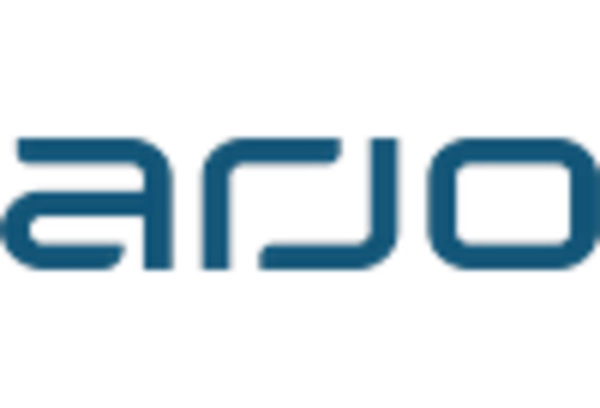
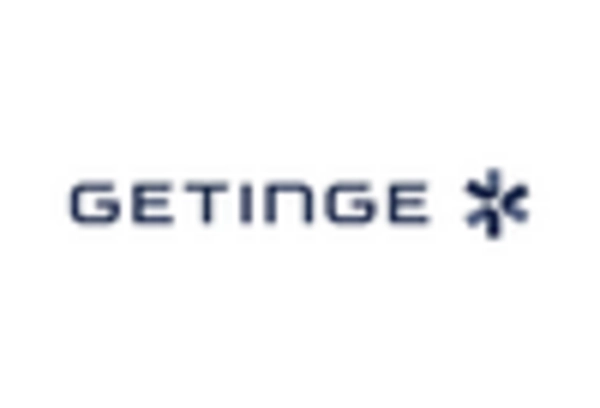
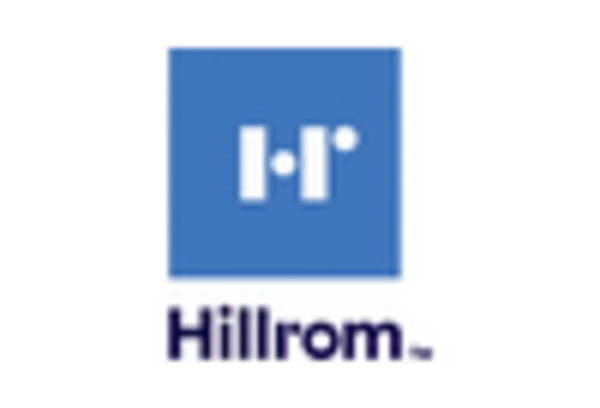
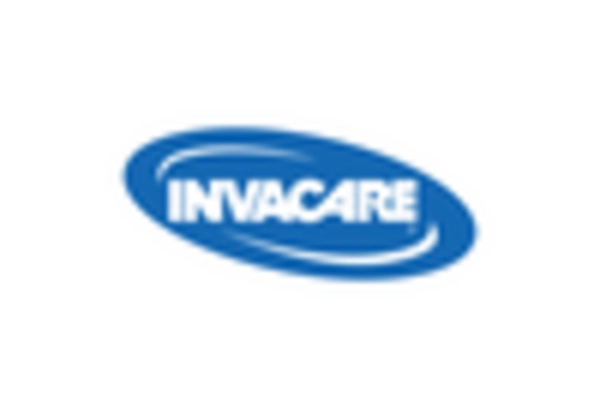
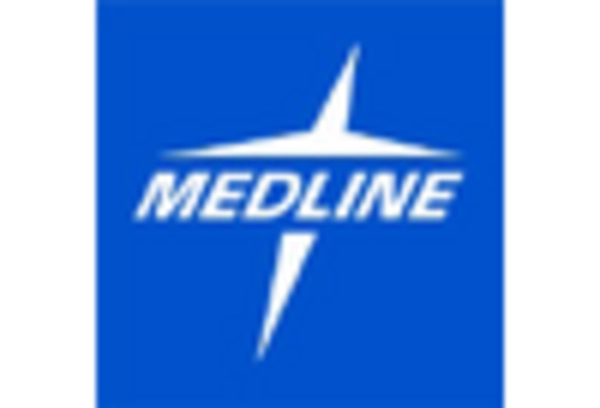









Leave a Comment